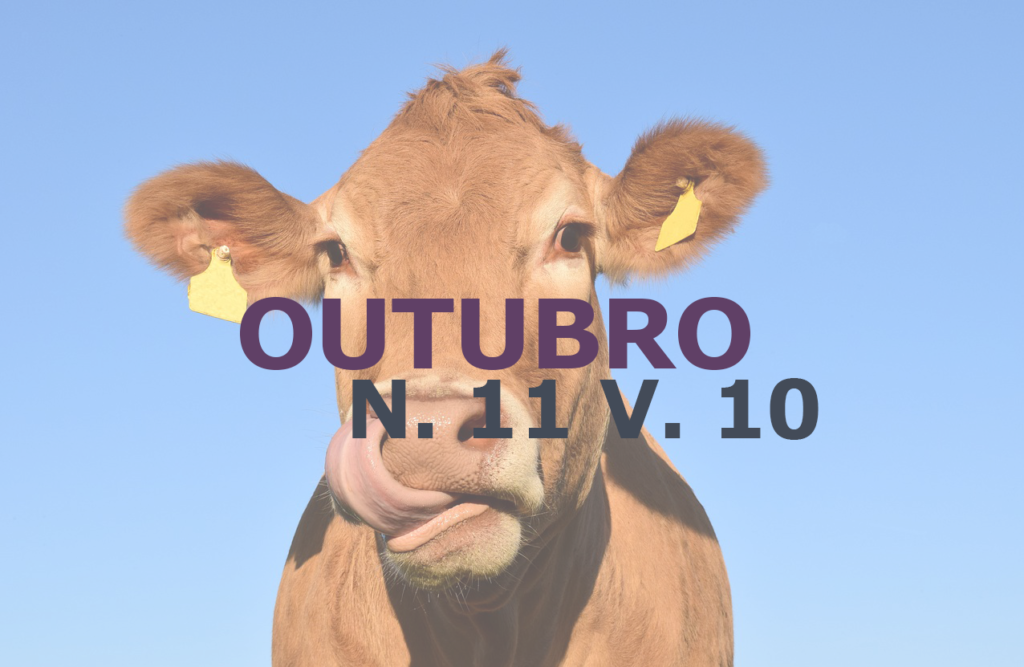Degraded pastures and recovery techniques: Review
DOI:
https://doi.org/10.22256/PUBVET.V11N10.1036-1045Keywords:
Soil conservation, animal production, silvopastoral systemAbstract
The degradation of pastures has been a great problem for the Brazilian livestock, in which the use of them in the production of ruminants is the most economic form of feeding. These, when well managed and used respecting their physiologic al characteristics and climatic requirements and soil fertility, remain productive for a long time. However, it is estimated that 80% of the 50-60 million hectares of pasture grown in Central Brazil are degradated, which means that they are unable to sustain the production levels and quality required by the animals. This degradation is due to several factors acting in isolation or together, from the forage species, its implantation and the management. Thus, it is necessary to use techniques for the recovery of pastures, in order to optimize the utilization of the area to recover the chemical, physical and biological properties of the soil and to enable the production of animal protein, due to increased pasture support capacity. The present review aims to present some aspects related to the degradation of pastures and the main techniques used to recover these pastures
Downloads
Published
Issue
Section
License
Copyright (c) 2017 Wellyngton Tadeu Vilela Carvalho, Duarte Carvalho Minighin, Lúcio Carlos Gonçalves, Daiana Francisca Quirino Villanova, Rogério Martins Mauricio, Renata Vitarele Gimenes Pereira

This work is licensed under a Creative Commons Attribution 4.0 International License.
Você tem o direito de:
Compartilhar — copiar e redistribuir o material em qualquer suporte ou formato
Adaptar — remixar, transformar, e criar a partir do material para qualquer fim, mesmo que comercial.
O licenciante não pode revogar estes direitos desde que você respeite os termos da licença. De acordo com os termos seguintes:
Atribuição
— Você deve dar o crédito apropriado, prover um link para a licença e indicar se mudanças foram feitas. Você deve fazê-lo em qualquer circunstância razoável, mas de nenhuma maneira que sugira que o licenciante apoia você ou o seu uso. Sem restrições adicionais
— Você não pode aplicar termos jurídicos ou medidas de caráter tecnológico que restrinjam legalmente outros de fazerem algo que a licença permita.





